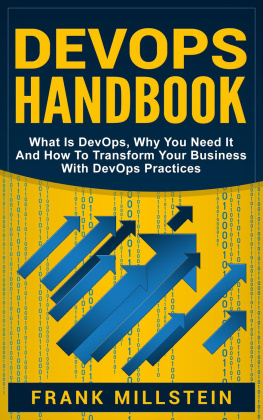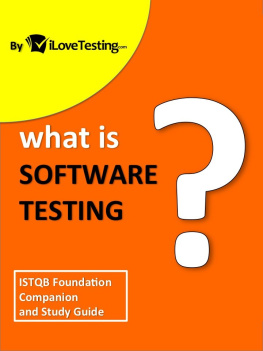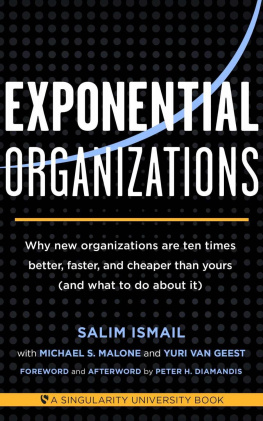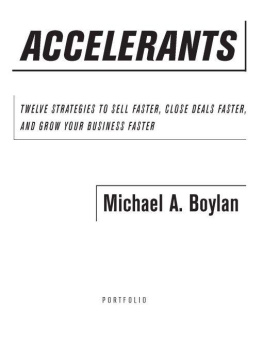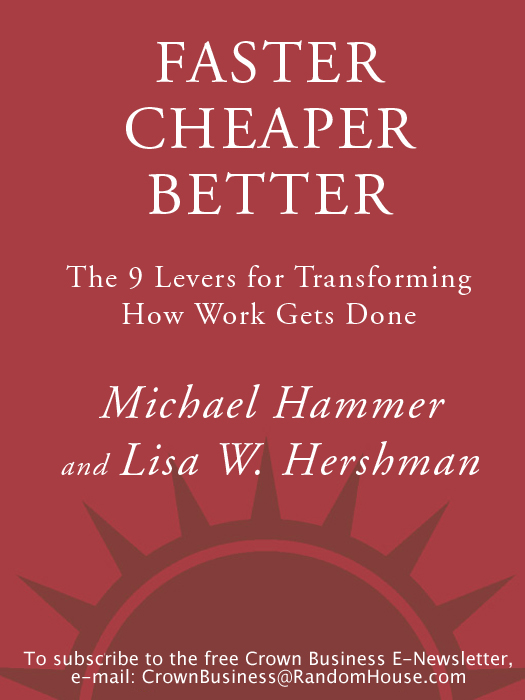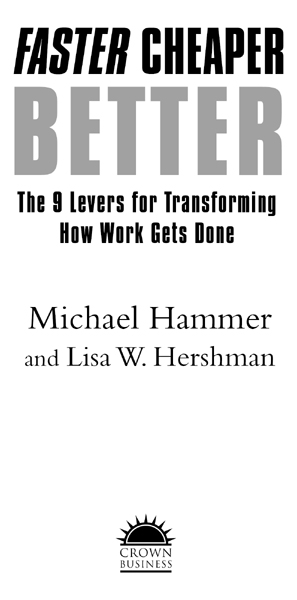Copyright 2010 by Hammer and Company
All rights reserved.
Published in the United States by Crown Business, an imprint of the Crown Publishing Group, a division of Random House, Inc., New York.
www.crownpublishing.com
CROWN BUSINESS is a trademark and CROWN and the Rising Sun colophon are registered trademarks of Random House, Inc.
PEMM is a trademark of Hammer and Company.
Library of Congress Cataloging-in-Publication Data
Hammer, Michael, 19482008.
Faster, cheaper, better by Michael Hammer and Lisa W. Hershman.
p. cm.
1. Reengineering (Management). 2. Workflow. 3. Organizational effectiveness. 4. Performance. 5. Management. I. Hershman, Lisa W. II. Title.
HD58.87 H3624 2010
658.51dc22 2010040792
eISBN: 978-0-307-45979-4
v3.1
In Memoriam
Michael Hammer
April 1948September 2008
Even the most mundane work can be given meaning and value for those who perform it if they understand how it benefits, even in the simplest of ways, the lives of others. Process-centered work can help satisfy everyones hunger for connection with something beyond themselves and their own needs. It widens our horizons and connects us with otherswith our teammates, with our organization, with our customers. In the process-centered world, dignity is restored to work, the dignity that was lost to workers who only performed repetitive tasks.
A late classical Jewish text contains a paean to the spiritual value of work: Precious is work, for of all the creatures that God created in the world, He granted work only to humankind. This texts author tells us that the fullest expression of soul or spirit or intelligence is to be found in ones work. It is work that distinguishes us as human beings, the way in which we express our essential nature and our reflection of the divine. These prophetic words capture the essence of process-centered work. By making them a reality, the twenty-first-century organization will truly be on the side of the angels.
Michael Hammer, unpublished manuscript

Some will remember him for his brilliance, others for his wit, but we will remember him most of all for his unceasing love, and for teaching us always to ask why.
Phyllis Hammer, Jessica, Alison, Dana, and David
To my husband, Brandt, who believes in me, at times more than I believe in myself, and who was a huge help in bringing this project to a successful conclusion.
To my mom, Dolores, whose zest for life is a constant encouragement to try new things and explore great possibilities. To my sister, Nadine, my brother, Greg, and my brother, Carl, his wife, Michele, and my nieces, Melissa and Katherinethanks for cheering me on from the sidelines.
To my dad, Carl (CJ), whom I think about every dayI hope Im still making you proud. I miss you.
And finally, I thank God every day for the many blessingsthrough opportunities, experiences, and people I meetthat He has granted me.
Lisa W. Hershman
Contents
Foreword
M ichael Hammer was admired by people worldwide. What is most intriguing about his story is what you learn about him by talking to people who knew him or even met him just once in a class. They admired his commitment to his family, his enormous intellect, and his accomplishments. They also mention his passion for process and improving organizational performance. As the conversation continues, you find other facets that further describe Michael and why so many people found him intriguing.
He was one of the most remarkable presenters I had ever seen. His Socratic style, sharp wit, and uncanny recollection made him both entertaining and awe-inspiring. I remember my first class with him: four days of process reengineering. While I was looking forward to refreshing my skills, the thought of sitting for four days to review redesigning techniques sounded about as exciting as watching paint dry. Wow, was I wrong. He spoke so quickly, involved the class so widely, and delivered such wonderful insights that it was anything but dry. He used many quotes, both popular and obscure, to make his points. He tiptoed on the edge of political correctness (which he cared little about) with some of his favorite Dorothy Parker quotes (You can lead a whore to culture but you cant make her think) and his definitions of training vs. education (sex training vs. sex education: which one would you go to and which one would you send your kid to?). Then there were the slides that equated the process journey to biblical storiesa comparison that was fascinating, daring, memorable, and accurate.
As he learned about my experiences implementing his theories in manufacturing, service, and distribution industries, he asked if he could study my work. I was immensely gratified that he would want to collaborate with me. I was able to provide him with the problems and solutions I had encountered implementing process in many companies; he gave me benchmark data, new approaches, and proven solutions from others he had studied. And then there were the debates: challenging his theories, challenging my approaches. We learned a lot from each other.
In the early 1990s Michael introduced the world to business transformation with his work on reengineering, most notably Reengineering the Corporation. People from a wide range of industries told him that they used it as their bible for transformation efforts. This puzzled and perplexed him since it was not written to be a handbook. It merely introduced the concept of transformation; it did not pretend to offer a comprehensive solution. In the years following its publication Michael continued his work on how to rethink the nuts and bolts of business. When executives from companies sought his counsel he offered no opinions on what they should do (i.e., what business they should be in); his role was to tell them how to do it best. And that meant how to do it differently by transforming how work actually gets done. His search for a comprehensive solution about why some companies succeed and others fail led to this book. He studied both the successes and the failureswhat they had done and not doneto identify where they had run aground or what had made their efforts bear fruit. There are companies he studied for long periods of time, well over a decade in many cases. Some were first mentioned in Reengineering the Corporation and are reported on in depth in this book. Drawing on his extensive research, Michael formulated hypotheses, tested them, and refined them. He shared interim results with companies in the Phoenix Consortium, a group of Hammer & Co. clients committed to breakthrough performance. Finally, in 2005 Michael developed a framework that turned description into prescription. It was tested at several companies and many found it so valuable that they institutionalized it as a guide to their transformational efforts. This book builds on and expands these ideas into a structured approach to business transformation. That framework became the Process and Enterprise Maturity Model (PEMM), first published in the Harvard Business Review article The Process Audit in April 2007.
Michael believed, as do I, that the issue of how work gets done is central to success in a world undergoing a sea change. We are facing an unprecedented confluence of macroeconomic and business factors that are creating a new and unfamiliar business environment. The solutions to these issues are apparent and easy to state but hard to implement: wring out cost so that a companys direct labor differential with the competition is not an issue; do more for customers than the competition so that the value delivered is worth any additional cost; become more flexible and be the first to bring new products, excel at quality, and out-execute the competition in every way.



